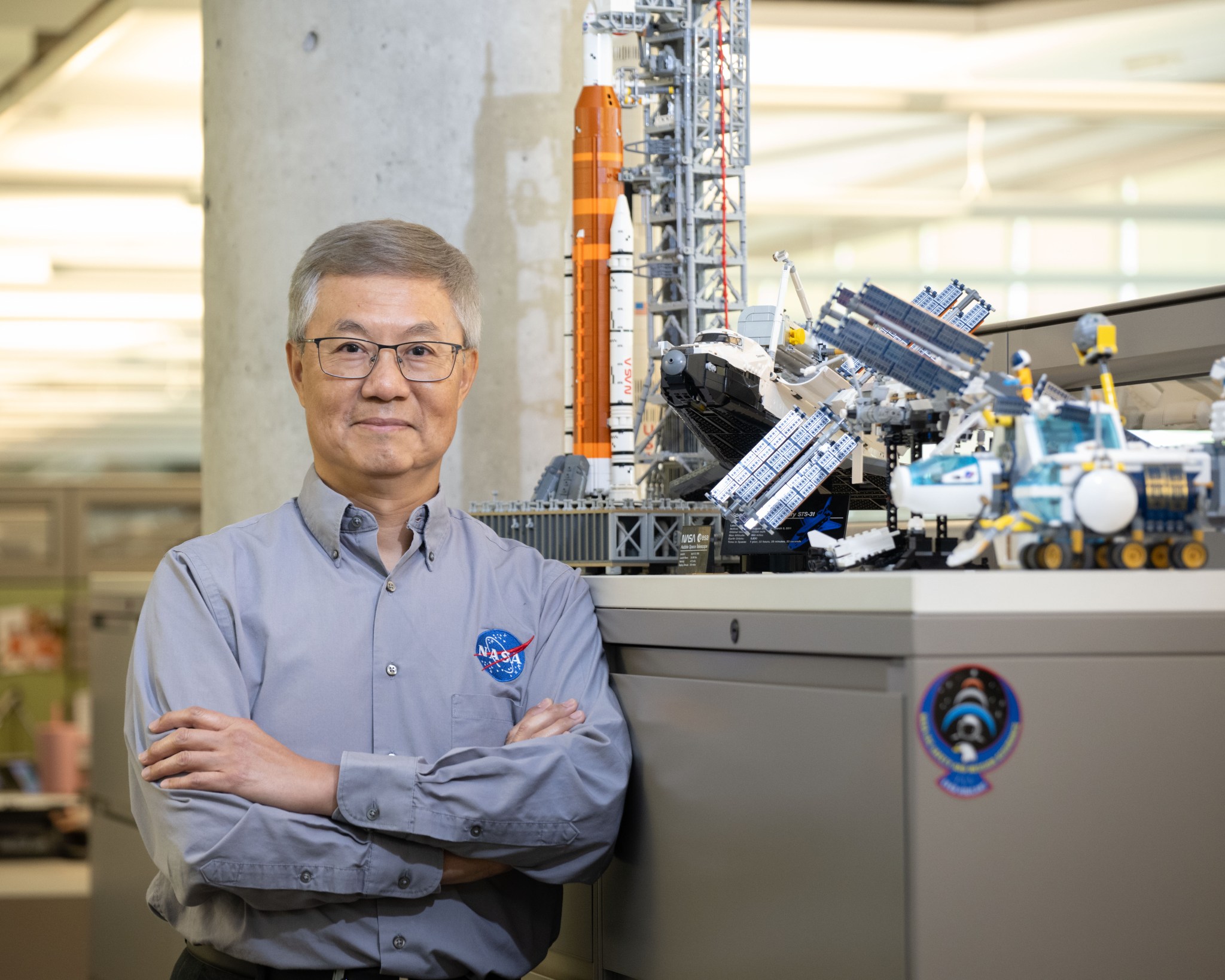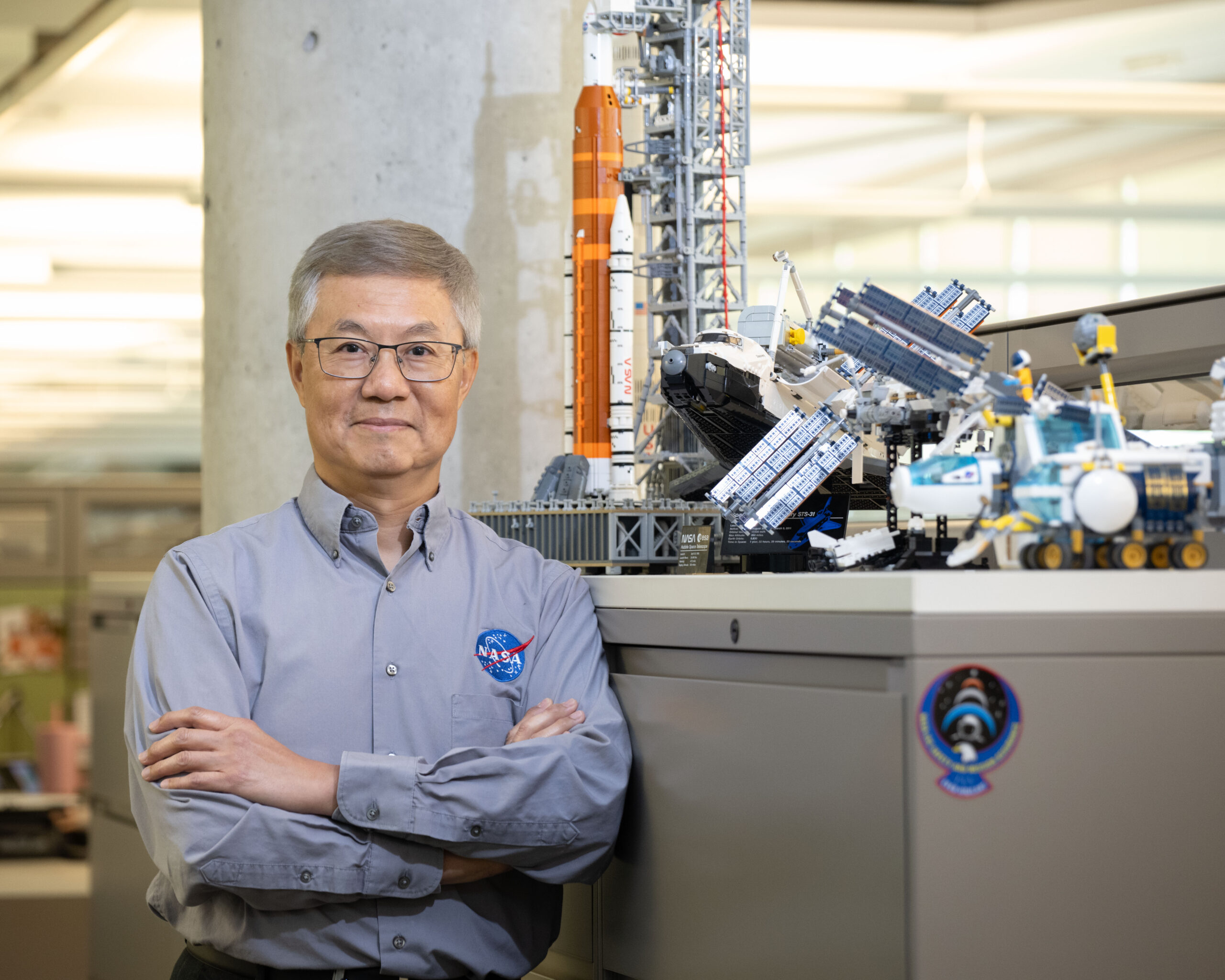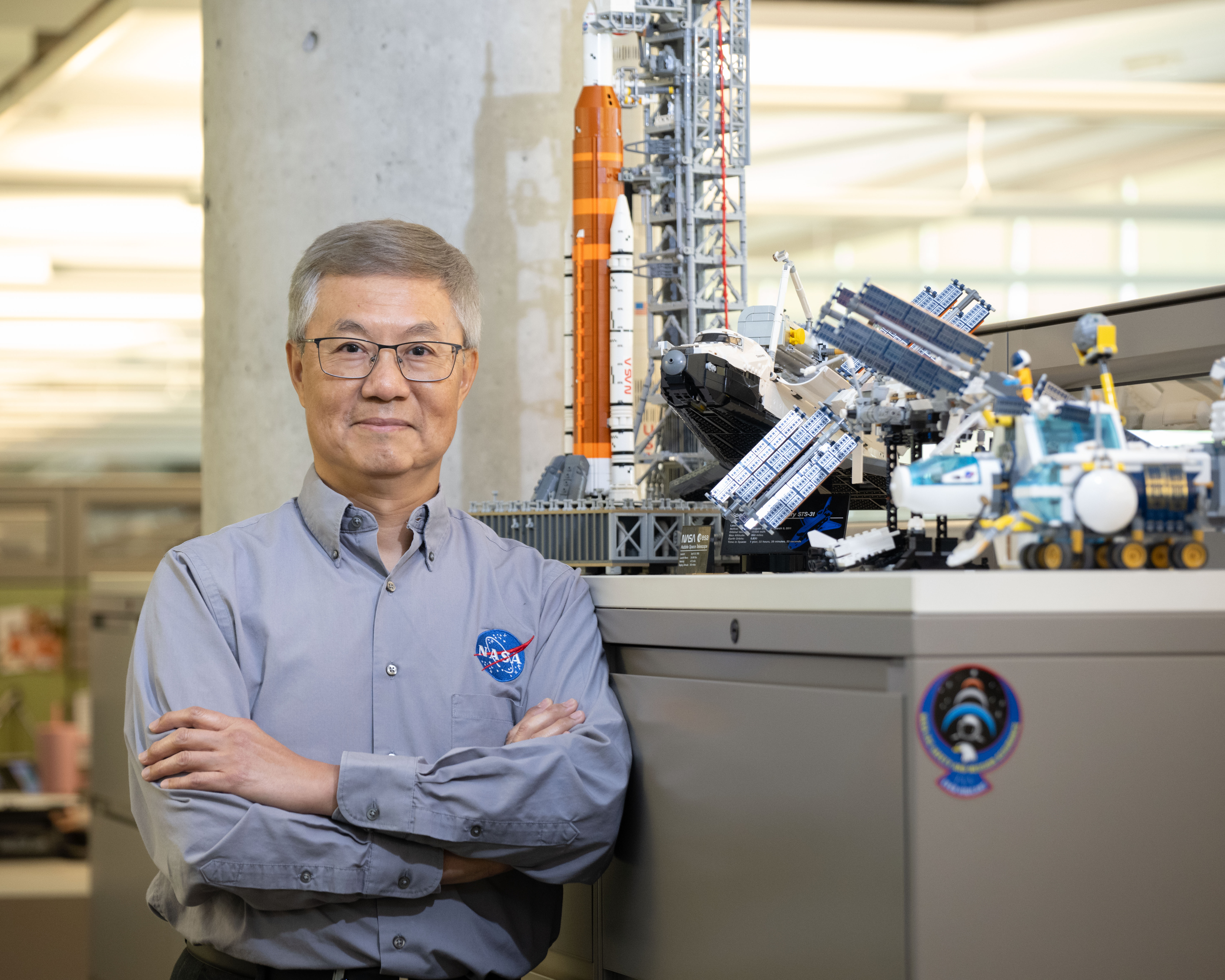 “When I was around 16 or 17, I came across this book by Arthur C. Clarke called Space Odyssey 2001. That was actually the first science fiction book that I’ve ever read. I was just so captured by what he had written because the things that he wrote about weren’t [happening] in the far-off future, but in the year 2001. In the book, he talks about a lot about space stations, and space shuttles that go up to the space station, and vehicles that go to the Moon or the Moon base, and all that. I mean, these are terms that you hear now all the time, right? And Arthur C. Clarke actually envisioned it at that time. So that was interesting to me. I hoped that someday I could work on something like that.
“When I was around 16 or 17, I came across this book by Arthur C. Clarke called Space Odyssey 2001. That was actually the first science fiction book that I’ve ever read. I was just so captured by what he had written because the things that he wrote about weren’t [happening] in the far-off future, but in the year 2001. In the book, he talks about a lot about space stations, and space shuttles that go up to the space station, and vehicles that go to the Moon or the Moon base, and all that. I mean, these are terms that you hear now all the time, right? And Arthur C. Clarke actually envisioned it at that time. So that was interesting to me. I hoped that someday I could work on something like that.
“In terms of my education, I was actually going to go into the space engineering, but then someone advised me that mechanical engineering would give me a broader background. So I followed the advice, and it was the right thing to do. I ended up learning a lot of things, not just mechanical engineering but also a lot about electrical engineering and systems engineering at the same time.
“…Then an opportunity came with NASA. It was at that time that they started talking about the space station. Ronald Reagan at that time was the President, and he proposed this initiative to develop the space station. At that time, he called the space station ‘Freedom.’
“I thought, ‘Wow, what an exciting concept; it would be great if I could work on that.’
“And of course, one thing led to another, and [I ended up working on the International Space Station.] So you never know what you’re going to end up doing.
“I believe in synchronicity sometimes. The things that you do, one way or another, lead to your final destination. Some invisible forces push you in that direction. When you look back, you realize that everything fits together.”
— Douglas Wong, Systems Engineer, ISS CRS Visiting Vehicle Safety & Mission Assurance Integration Focal, NASA’s Johnson Space Center
Image Credit: NASA/Bill Stafford
Interviewer: NASA/Thalia Patrinos


